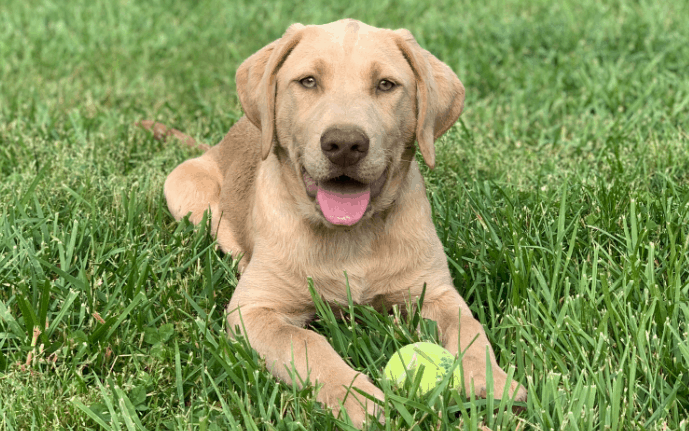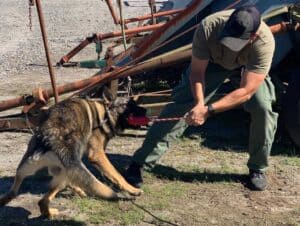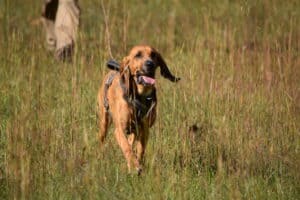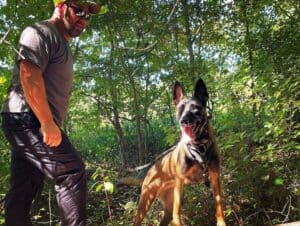Labrador Retrievers are one of the most common “family dogs” available today. According to the AKC, labs are the most popular dog breed in the United States, and Google Trends analysis shows that they are the third most popular dog breed in the entire world. This is all for good reason; Labrador Retrievers are typically social, human-oriented dogs with a stable temperament and good biddability (easy to train).
Labs originated in Newfoundland as far back as the 1500s, and were originally bred to serve as a smaller version of the Newfoundland dog. They eventually were used for hunting, and through refined breeding systems became an excellent retriever and waterdog. Their popularity increased in the 1800s, where they were imported to several nations throughout the world to be used as bird (typically waterfowl) retrievers.
Labs possess a thick double coat making them very tolerant in varying weather conditions and temperatures. Their webbed feet make them excellent swimmers while their naturally athletic build enables them to be successful in a variety of conditions and disciplines. In modern days, Labrador Retrievers are a very popular choice for several working disciplines including service dog work, police work, search and rescue and therapy dog training.
A well selected Lab can be an excellent working dog choice. Whether they are serving as a single purpose K9, a bed bug detection dog, HRD or conservation detection work, these dogs are capable of excelling in a variety of disciplines. There are several reasons why Labs can make top-notch working dogs, and most of these quality characteristics are ingrained in them as a breed. In this article, we’ll look at just a few reasons why a Labrador would make a great choice for your next working dog!
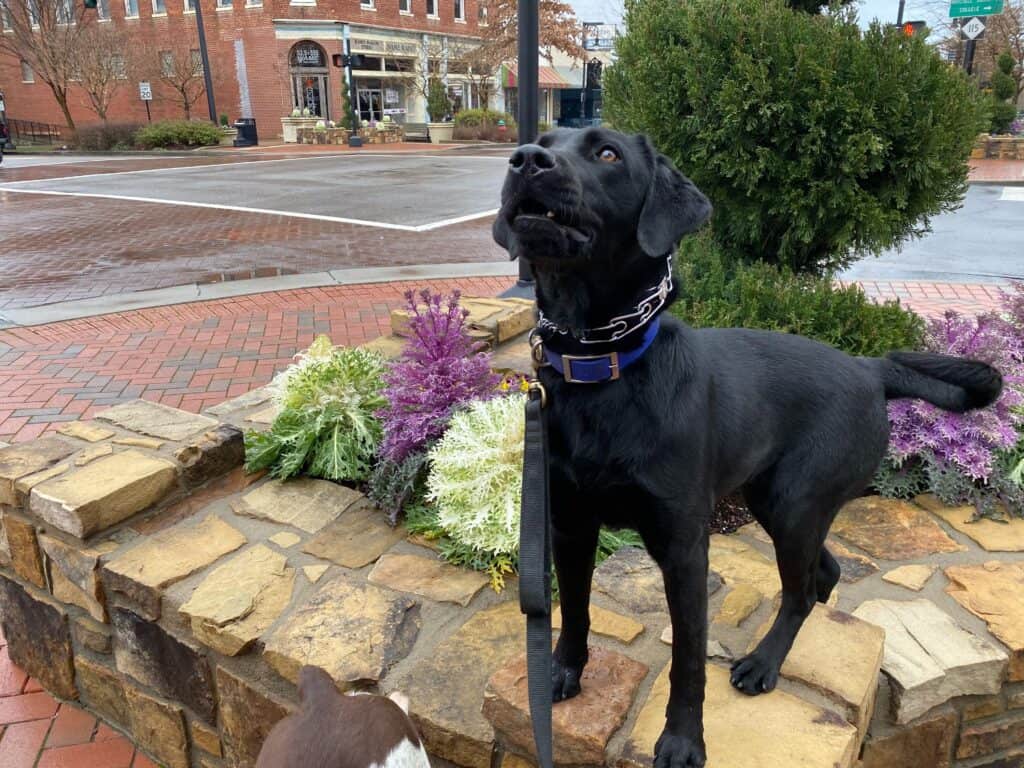
1) Labs possess an innate desire to interact with their handler.
One reason why Labradors can make such successful working dogs is because of their naturally playful disposition and strong desire to interact with their handler. Because they are bred to retrieve fowl, retrieving – or playing fetch – can quickly become their favorite game. This play drive can be easily utilized as a reward system, and the potential for a game of fetch can become a strong motivator when trying to get your dog to work harder. A well selected Lab from quality working lines will naturally possess a strong desire to hunt for a toy while working with their handler.
2) Labs have a very strong desire to hunt.
As mentioned previously, Labradors are hunting dogs. They are bred to search for a target, retrieve it and return it to their handler. This characteristic is why they can make excellent detection and trailing/air scent dogs. When channeled and developed, this drive to search and find allows them to become a dedicated, focused, enthusiastic worker. They also are very naturally motivated by using their strong olfactory system. This being said, their soft bite – typical of a bird retrieval dog – and friendly temperament does not make them a good candidate for patrol work.
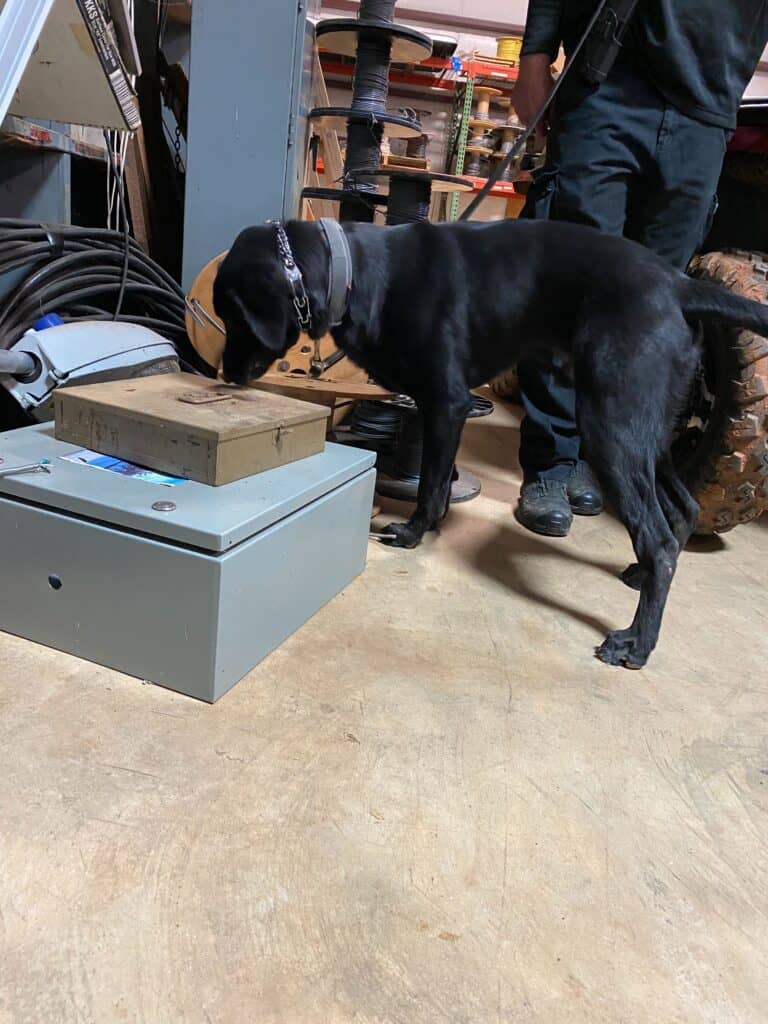
3) Labs do not naturally possess a threatening physique.
Labradors naturally have a warm, friendly and non-threatening appearance. Even in the movies, most of the “cute, fluffy” little golden puppies that we see given as Christmas gifts are either Labrador Retrievers or Golden Retrievers. Society has become very comfortable with them, and this can actually be very beneficial for detection and search work. They are easy to use in public settings without generating fear or concern, and can even be used in demonstrations and public interactions. Labs are typically less sensitive and high strung than many “pointy eared” working breeds, making them generally easier to handle and interact with, both for their handlers and the public.
4) A well-bred Lab is a workaholic.
Labs are bred to work, and this is highly beneficial when selecting a working dog breed. Because they have become such popular family dogs, breeding for certain working qualities has diminished in favor of creating calm, easygoing pets. As with most breeds, there are pet dog breeders, conformation line breeders, sport dog breeders and working dog breeders. It is absolutely critical to find a quality working line breeder or distributor who focuses on maximizing a Lab’s natural working qualities instead of dampening them down in favor of creating a pet.
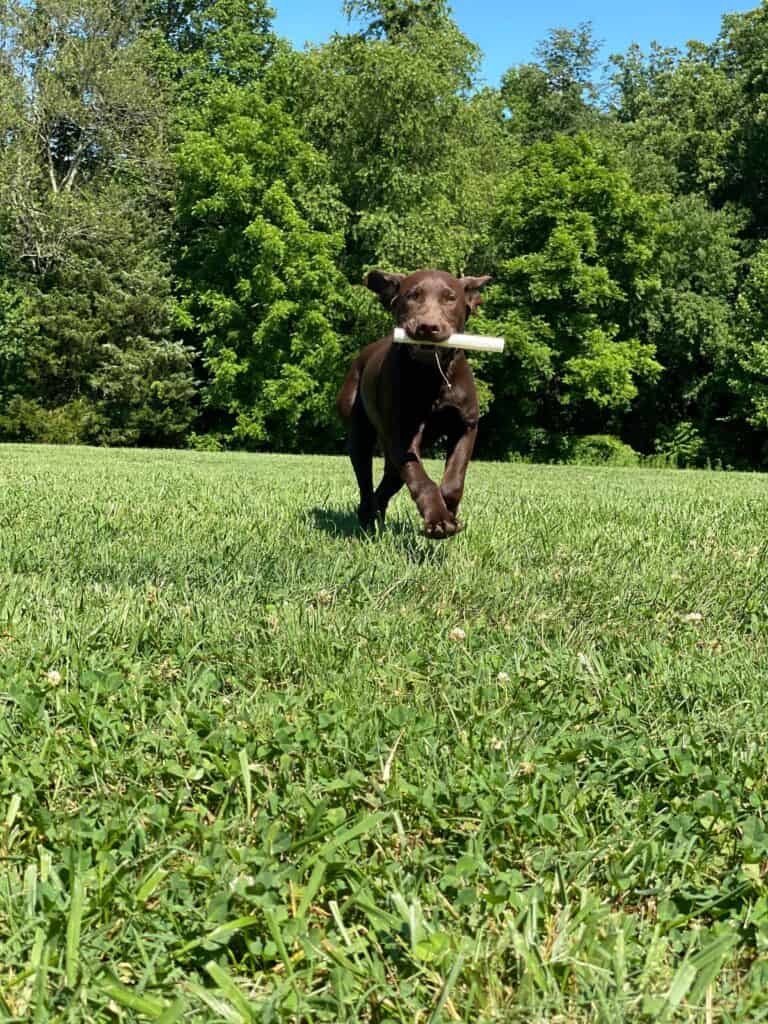
5) Fit Labs have great natural stamina.
Labs are naturally sturdy, hardy, muscular dogs with a medium to large build. This is perfect when a handler needs a dog who is capable of working hours in varying terrain and weather conditions. If correctly cared for and exercised, a good working line Lab can enthusiastically hunt for ages without tiring.
6) Labs are social and typically possess good natural temperaments.
Some common working breeds, such as German Shepherds, Belgian Malinois, Doberman Pinchers, and many herding dogs (border collies, heelers, cattle dogs, etc.) possess a naturally cautious temperament and should be heavily socialized from an early age to ensure that they remain friendly towards humans and other animals. These breeds can be sensitive, prone to guarding behaviors, or uncomfortable with unfamiliar stimuli. Labs, on the other hand, generally possess a much friendlier and social demeanor, as well as a highly inquisitive nature. They are typically more environmentally stable and can easily cope with adversity and bounce back quickly from environmental spooks.

When seeking a quality detection dog candidate, the key characteristic to look for in a working lab is the desire to hunt for a toy that they cannot see. If the dog is willing to search for a toy, especially in the hopes of playing with their handler afterwards, they will be willing to seek out target odor for the same reason. This test can be conducted by throwing a toy into long grass or a woods line where the toy is not clearly visible. Hold the dog back by the collar or on a leash for a few moments to provide the opportunity for them to lose track of the toy’s exact location. Afterwards, let the dog go and see how long they are willing to search for the toy in order to retrieve it. A well selected dog will hunt to the point of complete exhaustion or until the toy is located. This natural drive can easily be shaped into trailing, air scent, or any form of detection through proper training.
Labrador retrievers can make wonderful working dogs for a variety of disciplines. From search and rescue to explosives detection, with proper selection and training these dogs can be a fantastic working dog choice for any agency.

